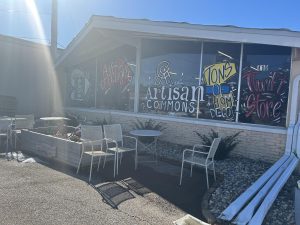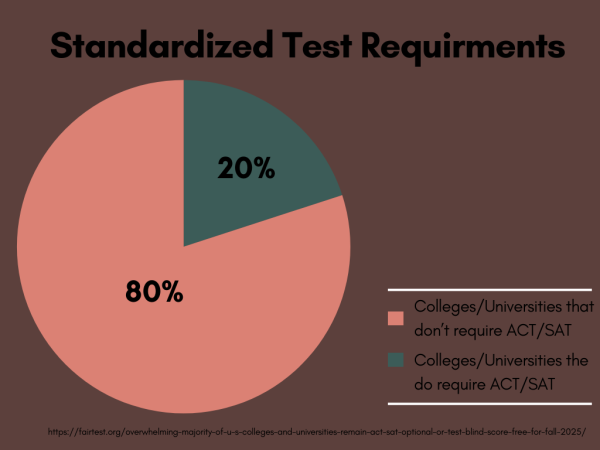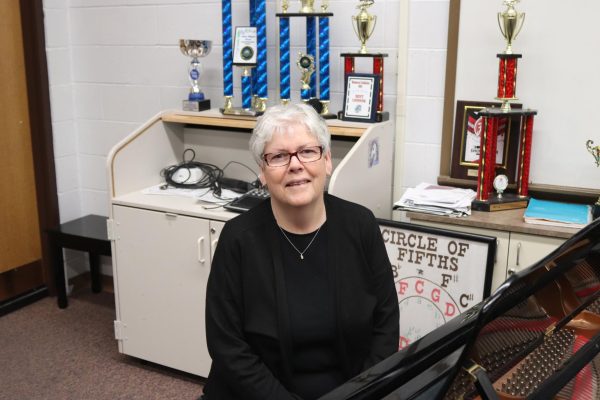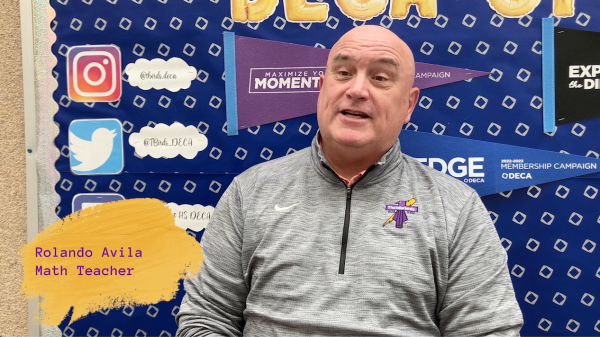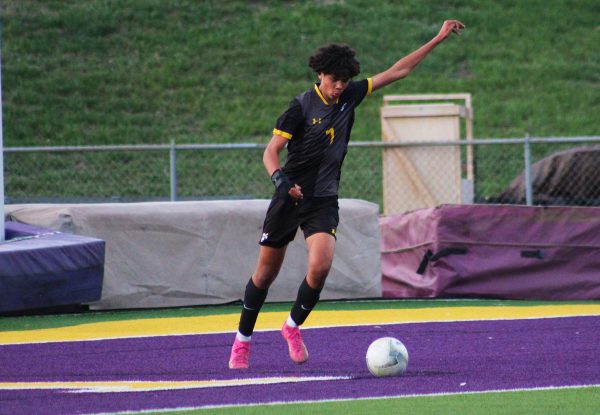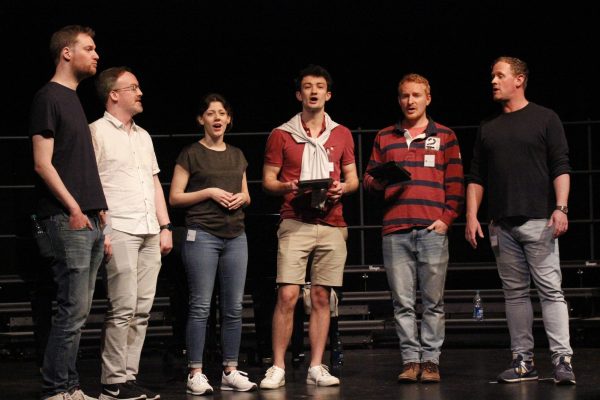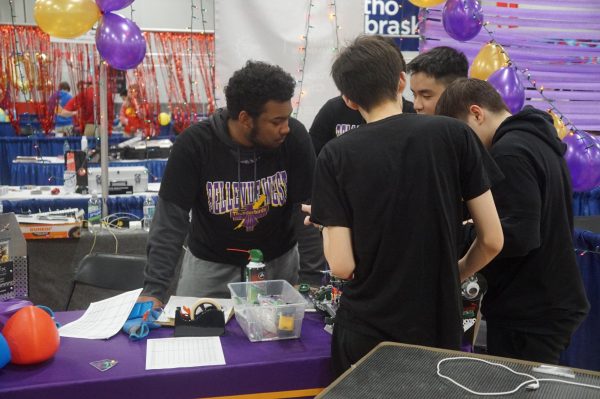From the sidelines: student trainers help athletes “roll out” of injuries
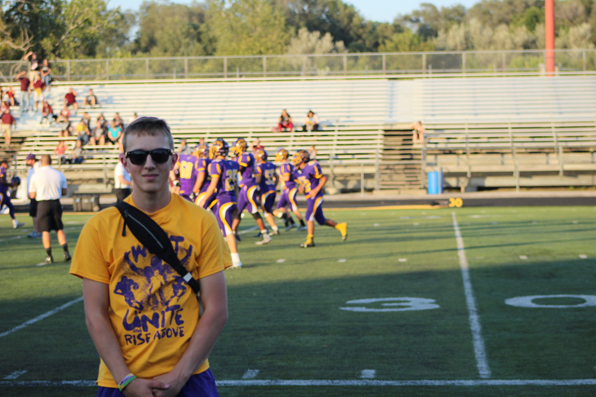
October 14, 2016
The thought of the training room or athletic trainer conjures images of ice, injured athletes, and lots of tape. A more obscure image people may think of is the students learning the ropes on the road to recovery.
Athletic trainer Shannon Gier has had student trainers since starting her career eighteen years ago, and speculates there were student trainers before her time, too. Over the years, Gier has created a simple, straight-forward idea of what she wants of the student trainers.
“There really are no qualifications, just you have to have the interest in wanting to help out in the training room and learn about injuries,” Gier said.
Quite a few students have taken Gier up on her offer. Most of them are at least considering a career in the medical field, such as physical therapy.
“There are lots of kids, after taking my sports med classes, that started,” Gier said. “But I’ve had several that just start coming in as freshmen and start at that level as well.”
Taking a medical biology class or getting ahead as a freshman isn’t the only way into the program. Senior Aidan Klaassen became a student trainer through a rather different situation.
“Sophomore year, I got hurt and I started hanging out after school and helping out, and I took classes junior year, and I just kept on with it,” Klaassen said.
Of course, as students, there are limitations on what they are able to handle. For example, Klaassen was able to give an ACL ultrasound, but he was supervised.
“They’re there to learn, and they can practice taping or doing evals on us or students who aren’t hurt,” Gier said. “Sometimes we allow them, once we go through an evaluation, to feel different things.” Take one of the times when an athlete sprained their knee. The student trainers were given permission to feel the sprain and the different movements it went through.
That doesn’t mean, however, that the student trainers are just observers. Along with retaining the lessons they’re taught, the students are responsible for helping get everything ready for sports practices after school.
“I help get the water ready for our sports and help people out with rehab,” Klaassen said.
While it may be a unique, and in some cases challenging time, it has its perks. The students can gain a head start for college and even their careers in the future, while getting to know the players on the school’s various sports teams.
“Hanging out with all the athletes, working with them, being at the games, that’s probably the best part,” Klaassen said.






